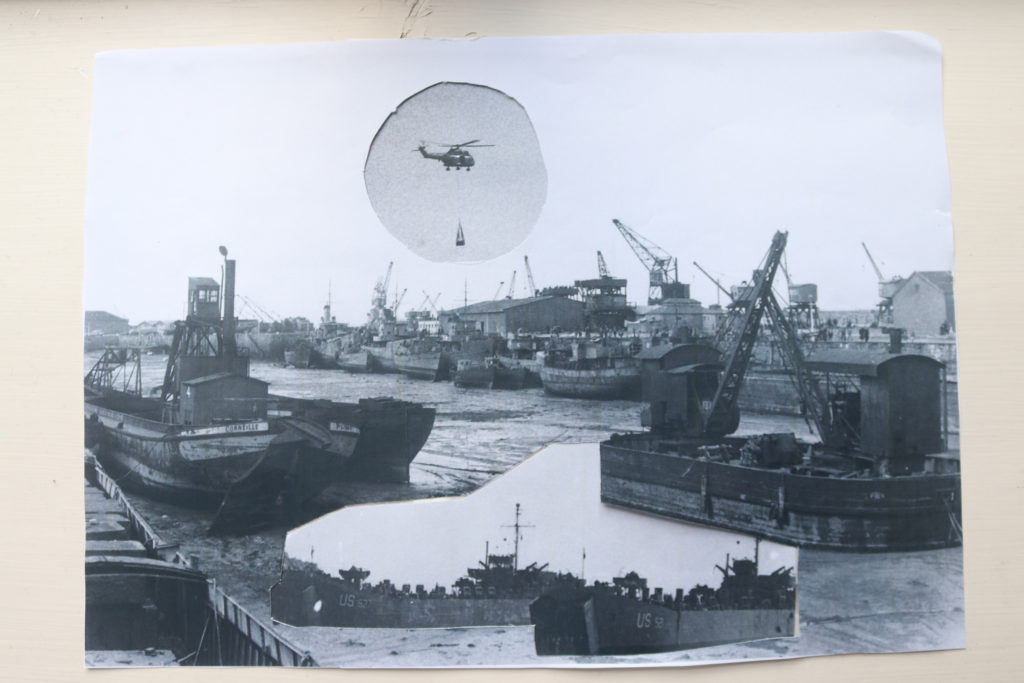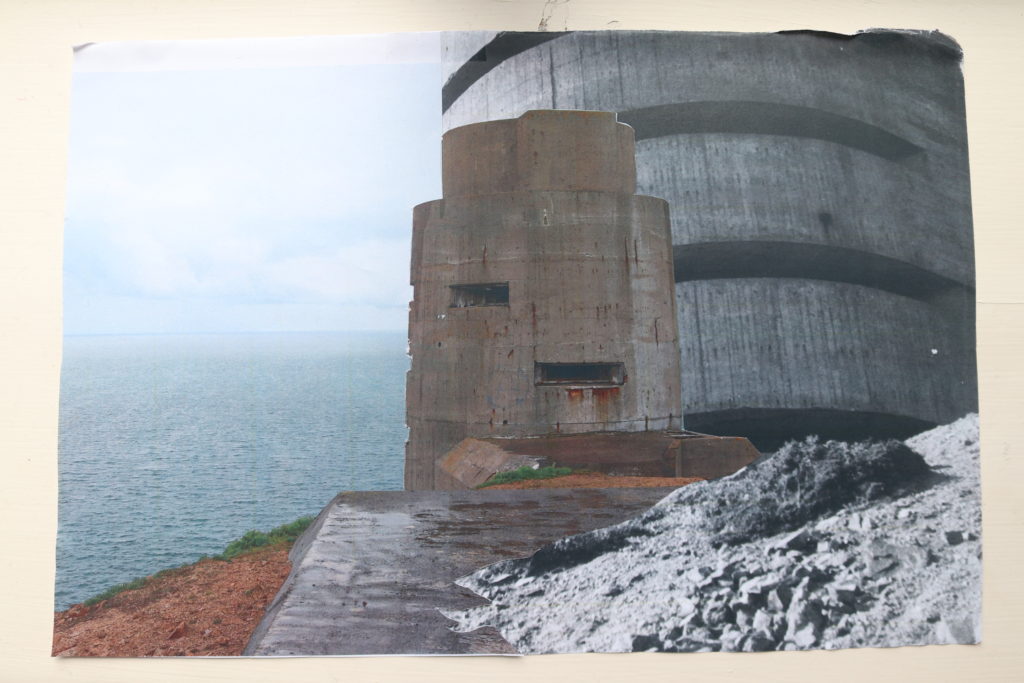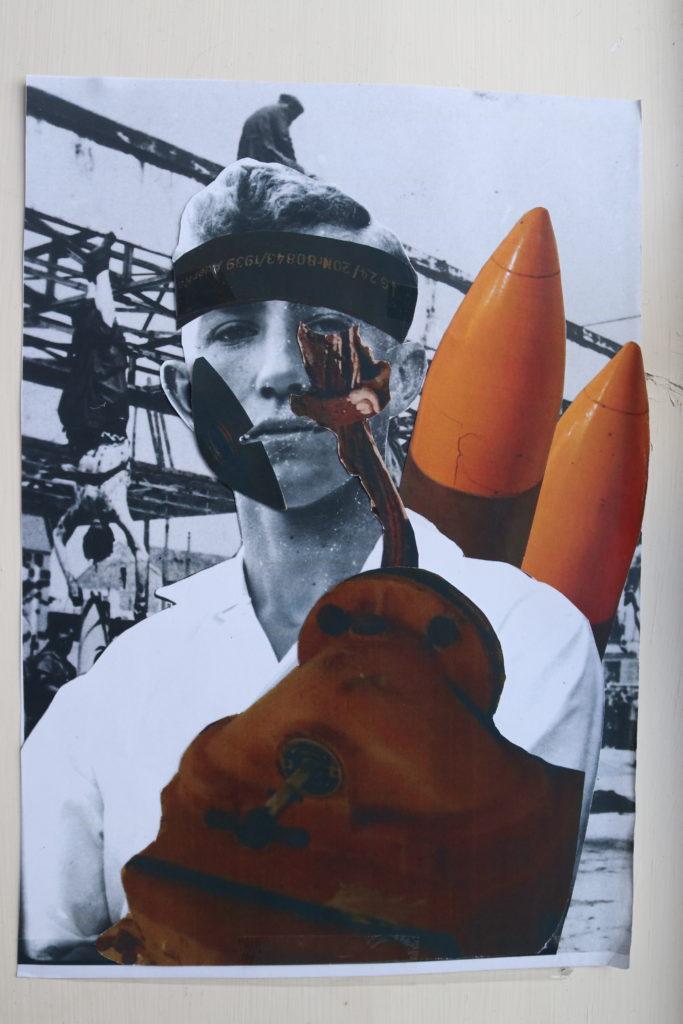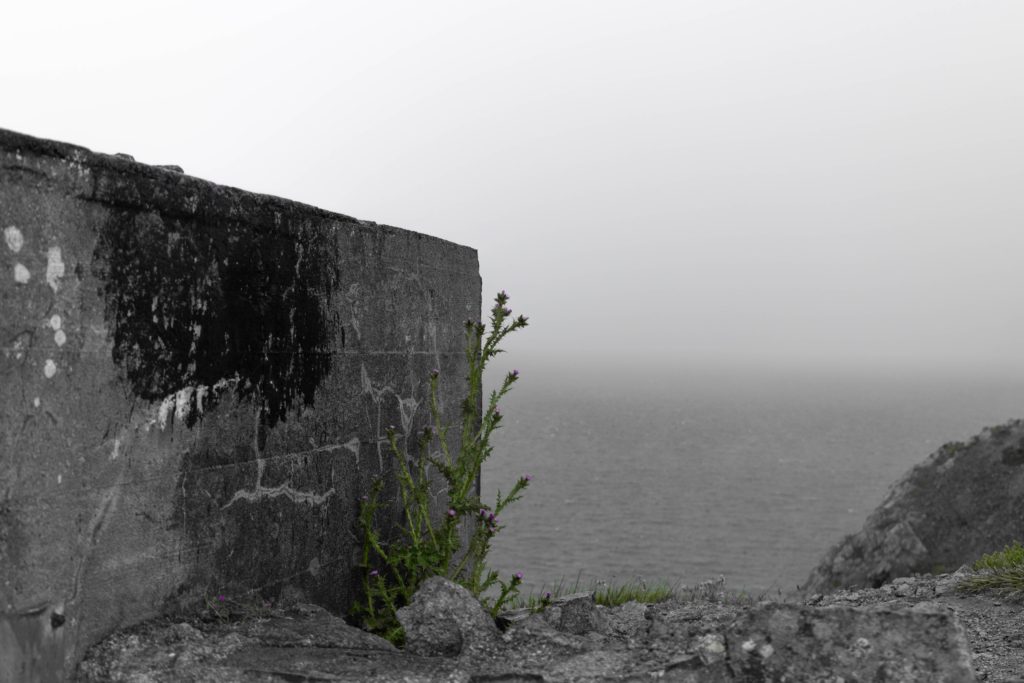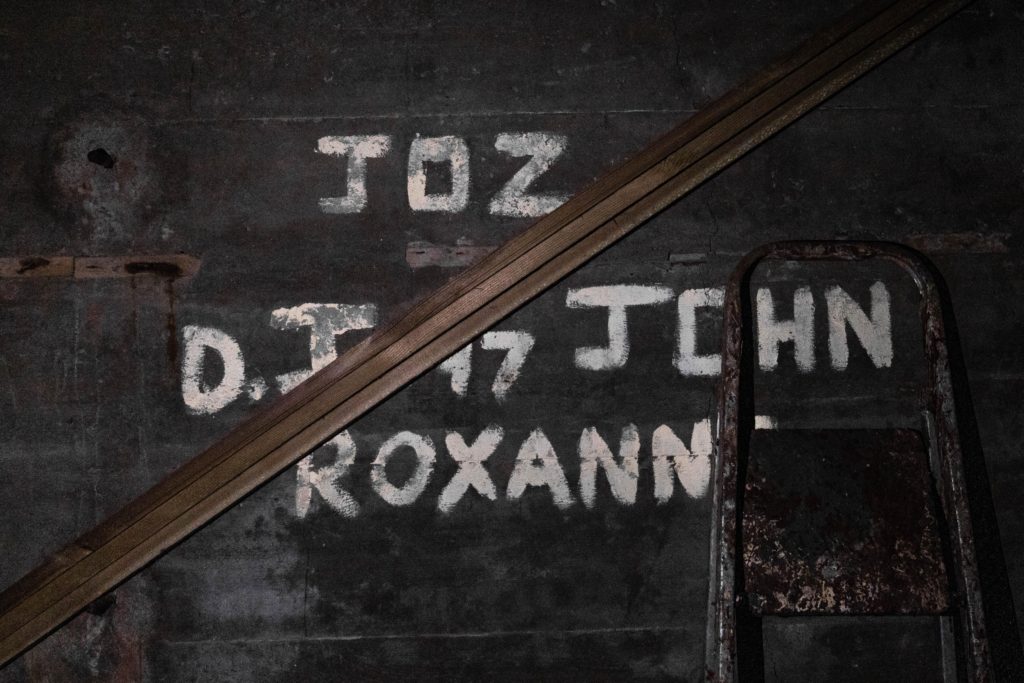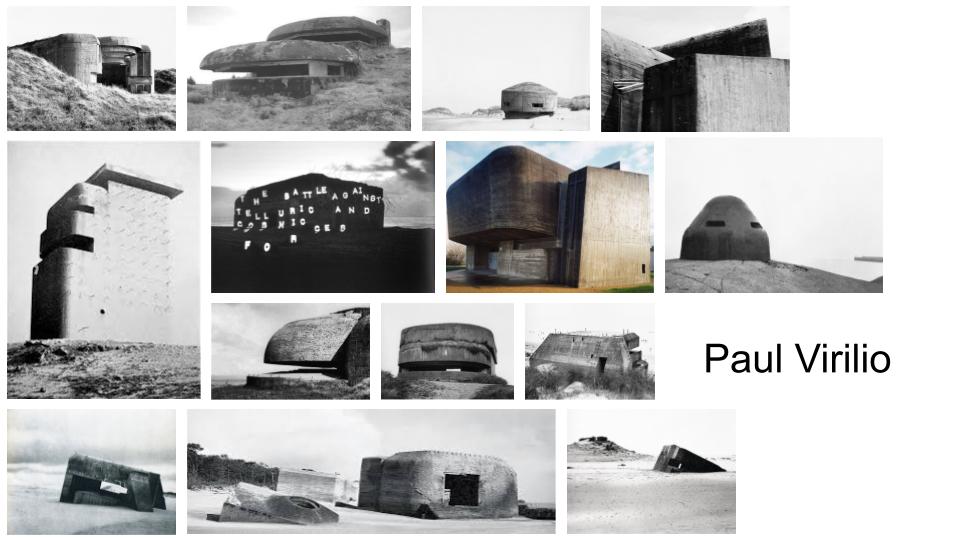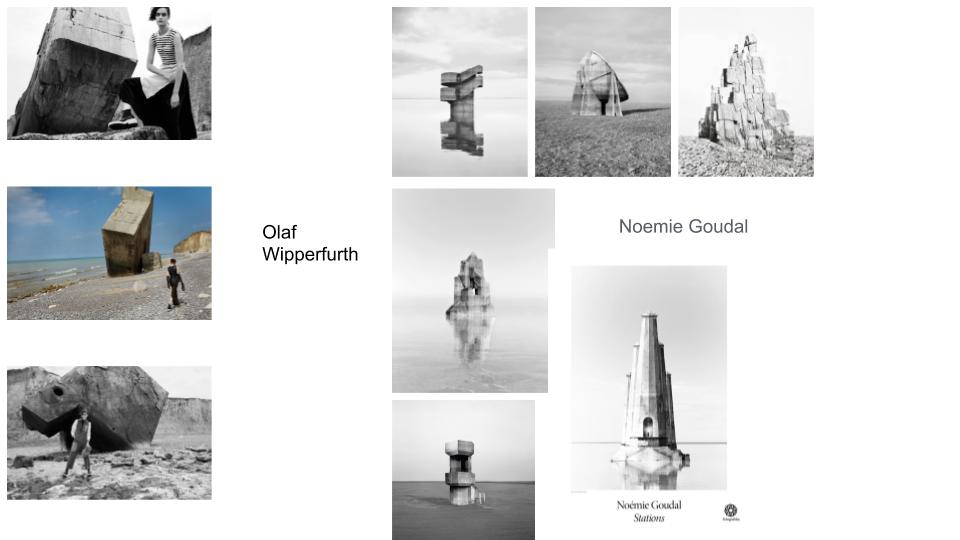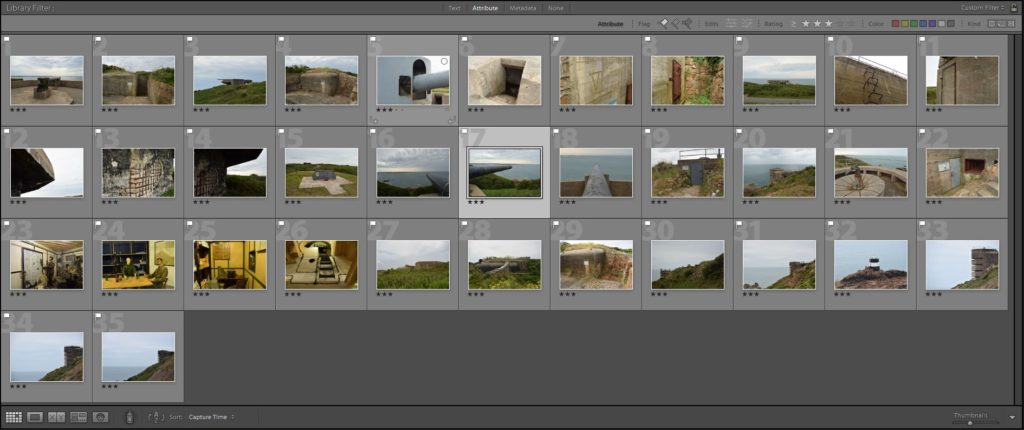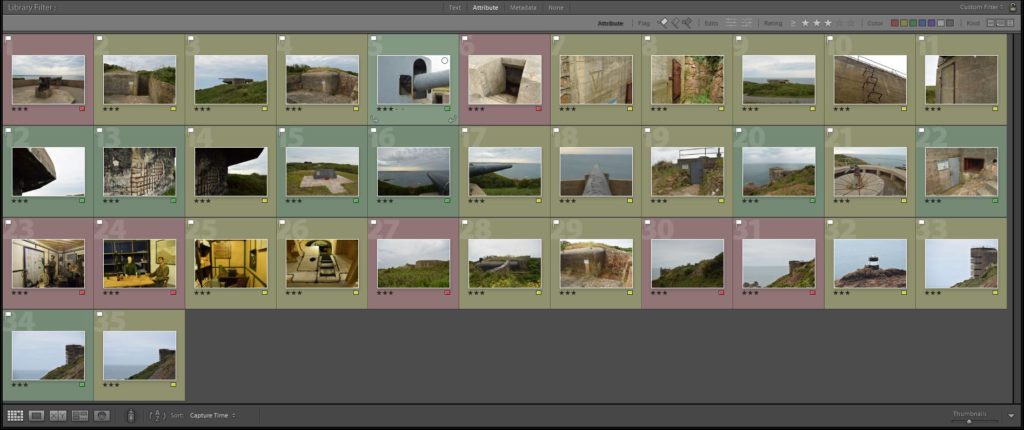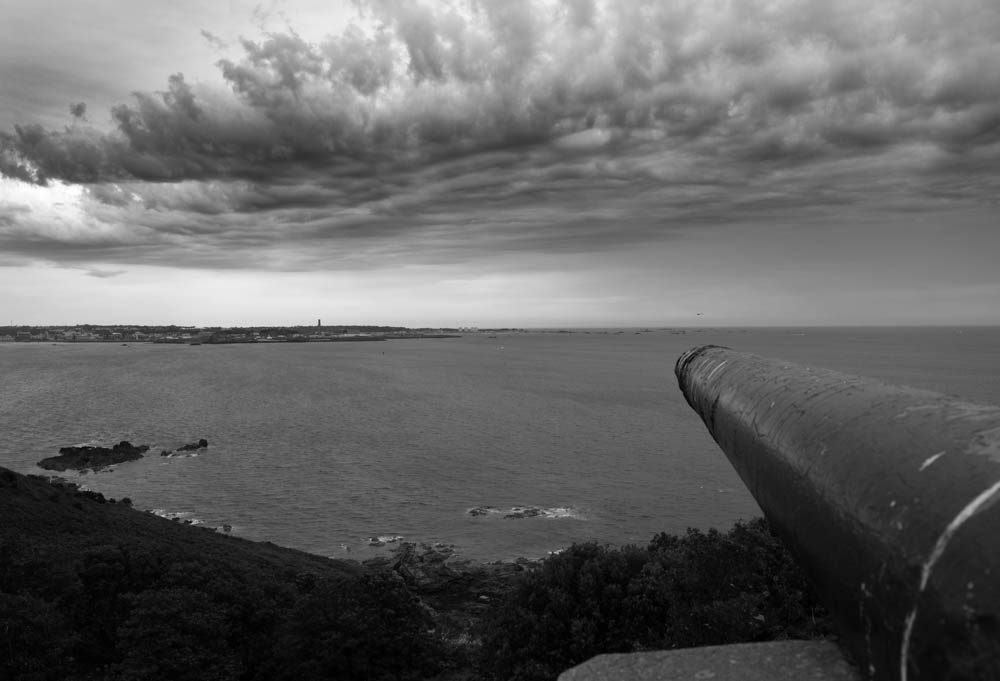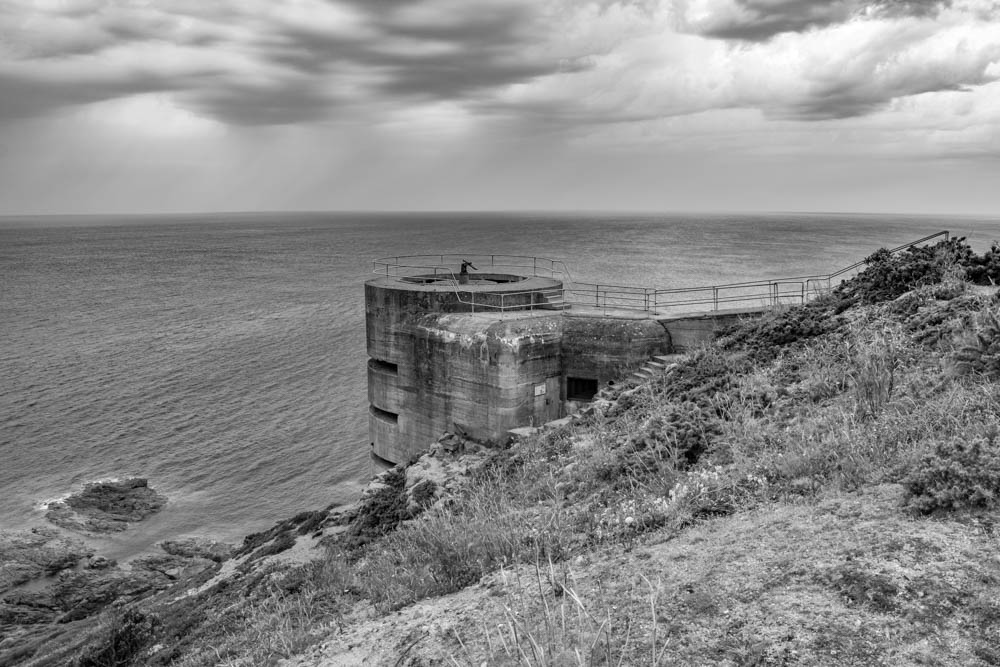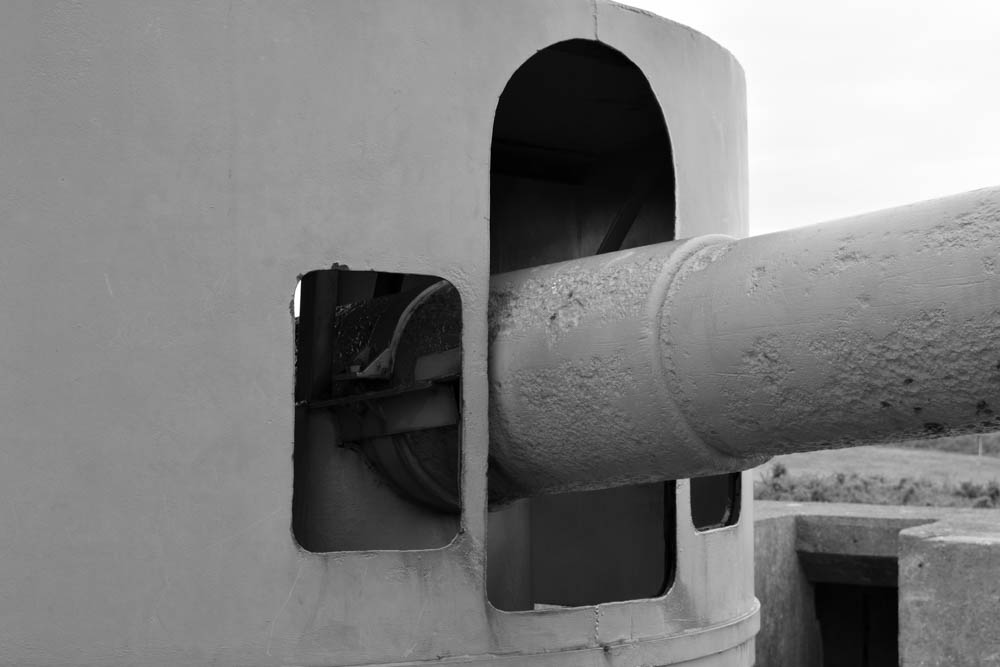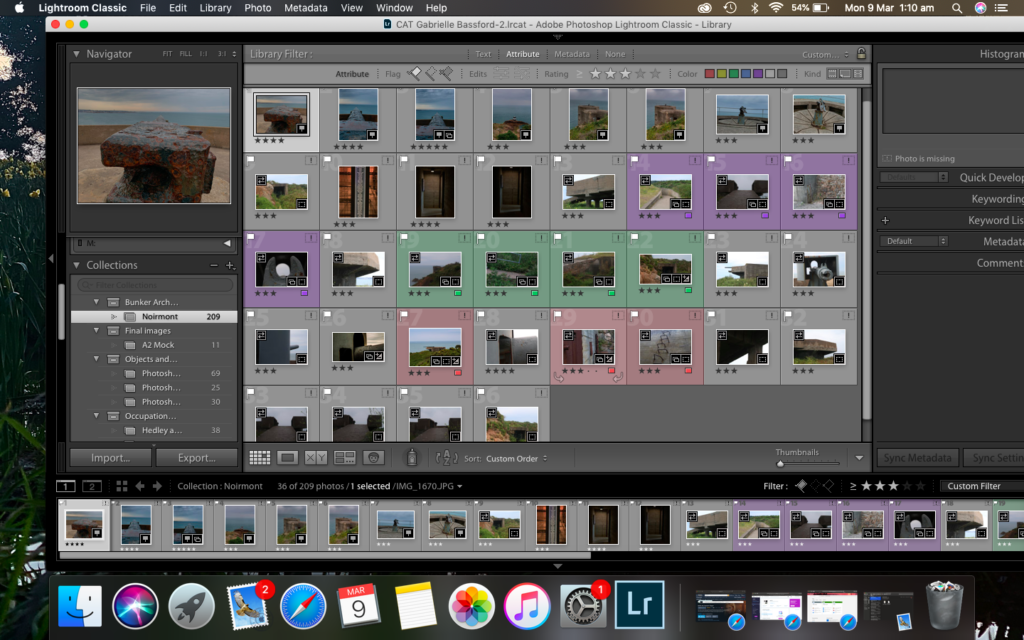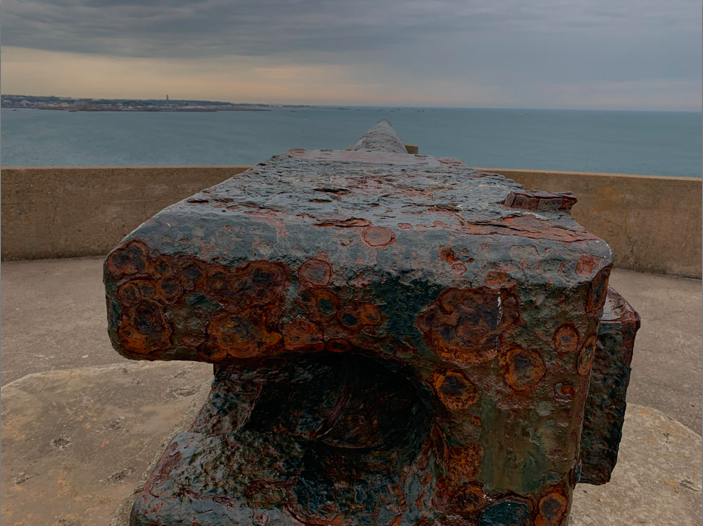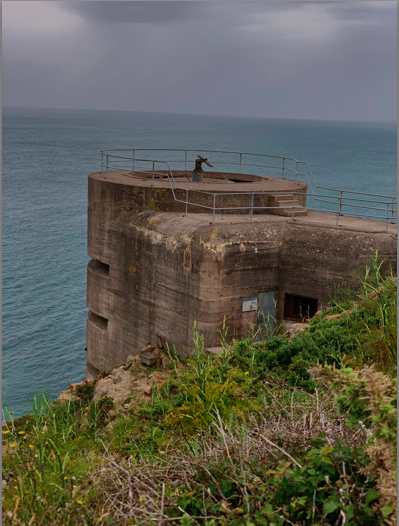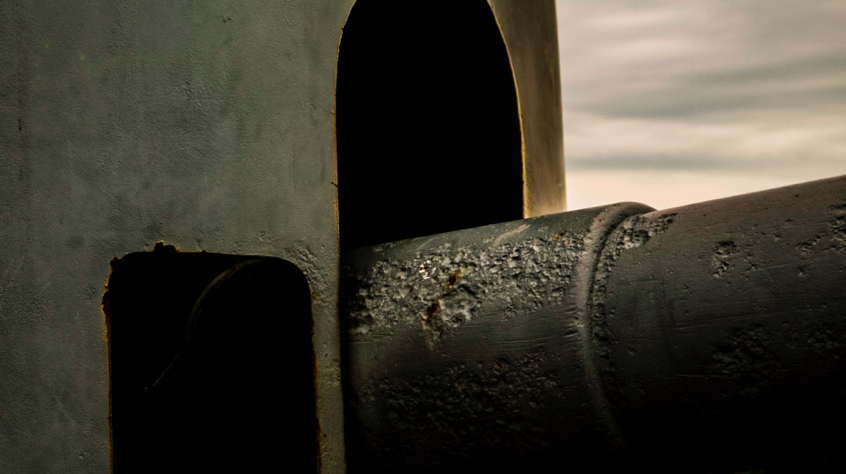An archive is an institution designed to hold a wide range of historical documents, texts, photographs and records. Archives are important in keeping these records safe when they are no longer in active use. Archives typically group records together that follow a particular theme, or originate from a specific point in history (such as images from World War 1 being stored together, or documentation recording certain government policies from the past). In this way, an archive is often able to build a narrative of the time that the records display, with the multiple records (often hundreds of thousands) showing different perspectives and aspects of the time.
An archives main purpose is to house historical documentation, and in this way, they are very useful when it comes to reflecting on events that occurred in the past, and to allow for the education of future generations on important historical affairs. The original documentation that is kept inside of archives often encapsulate the events of the time period that they originate from; a unique perspective that would be lost if the records content was simply copied or re-created. An archive serves the purpose of both safely storing important historical documentation for future reference and research, while also providing a less formal role, in which generations to come can explore and learn about the events of the past, that shaped the present in which they live.
During our class visit to the Jersey archives (Societe Jersiaise), we were able to get a glimpse into the inner workings of the archives, and discovered how they operated and the kinds of documents that they held. Photographers from the late 19th century, such as Thomas Sutton, had a huge amount of influence over the art produced in Jersey during their time, and have helped to preserve the history of Jersey through the medium of photography. Sutton opened a photographic studio in Jersey during the 1840’s, and is well known in the world of photography for having invented the first panoramic camera with a wide angled lens, thus revolutionizing photography in his century, and for century’s to come. The original work of such an influential photographer can be found in the Jersey archives, thus stressing the importance of archives as a place where some of the the most meaningful and life-changing documents can be safely stored for future reference and education.
Another relevant example of the importance of holding historical documentation and photographs inside of archives, is the sheer number of accounts and records found in the Jersey archives, telling the story of Jerseys Occupation during WW2, from initial invasion, to liberation. Emille Guiton (born 1979) was one of the few photographers permitted to take images during the occupation of Jersey. His dedication to his craft allowed him to encapsulate the atmosphere of this uncertain time, through hundreds of images. His images depict the life of every day inhabitants of the island, as well as the influence that the Germans had over life during this time. Photographers such as Guiton have allowed current generations to understand historical events such as the occupation, from the perspective of individuals who actually lived during the period itself; a perspective that cannot be gained from simply reading a textbook. In this sense, archives allow current generations to gain an understanding of the hardships and joys felt by the people living during the time in which the photographs were taken, and allows them to experience the rich history of their nation/country/island from a new and different perspective.
During my research into archives, I have discovered that they are in fact of monumental importance when it comes to storing the works of the past, in order to better understand how out present (and future) has developed. Archives enable us to create a timeline of the past, merging different perspectives together to create a detailed, in depth story of the events that occurred hundreds of years ago, with the influence that certain individuals and groups had on the shaping of our present forever secured in the documents and photographs saved in the hundreds archives around the world. Archives act as fountains of knowledge for the current generation, allowing us to learn from the mistakes and successes of the generations before us through first hand accounts, images and factual evidence, allowing us to shape out future accordingly.


